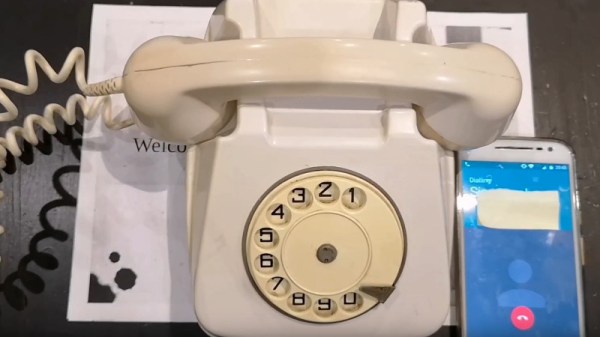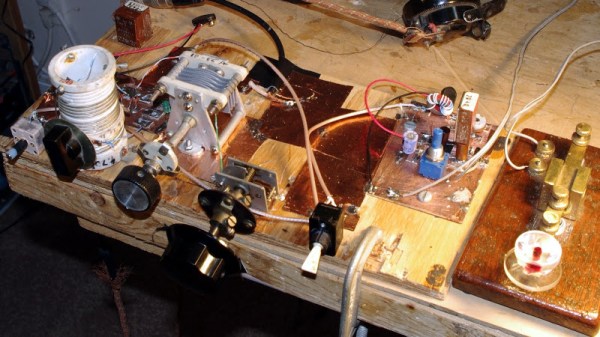A few weeks ago we featured a project from [Dan], a work-in-progress in which he was attaching an EMF 2018 electronic conference badge to a rotary phone. At the time we looked forward to his progress, expecting maybe to see it in our travels round the field at EMF 2021. We have to say we did him a disservice then, because he’s made excellent progress and has now turned it into a fully functional cellular rotary phone.
When we left him he’d interfaced the dial to the badge and not a lot else, but it was enough to spark our interest because we think there should be more re-use of old electronic conference badges. Since then he’s reverse engineered the original bell with the help of a motor driver and a cheap DC-to-DC converter, and the handset with the guts of a Bluetooth headset because in experimenting he managed to kill the badge’s audio circuitry.
The result can be seen in the video below the break, and we have to admit it looks pretty good. Depending where you are in the world you’ll either love or hate the ringing sound, but that is of little consequence to the utility of the device. If you have a drawer full of conference badges gathering dust, perhaps it’s time to give them a second look.
Continue reading “Finally, A Usable Rotary Phone From A Conference Badge”






















